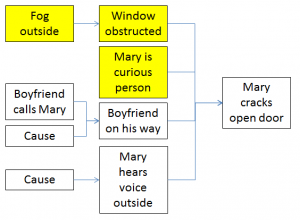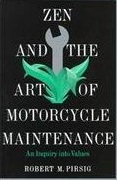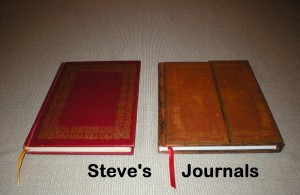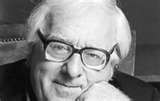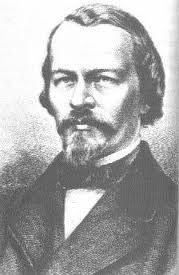Figured out the plot for a story you’re going to write, have you? Got some rough character ideas in mind? You say the only problem is, you’re not great at fleshing out the personalities of your characters? Well, you may have surfed to the right blog post.
I think the first rule of character personalities is–they must fit the story. Sometimes the plot itself necessitates certain personality types for your major characters. Of course, from the reader’s point of view, this fitting is the other way around. Readers learn about the character’s personalities early as they are introduced and relate to each other, and then read about the plot events. So from your reader’s perspective, it seems fortunate that your characters had just the right personalities, given what eventually happened.
You may have read plot-driven stories in which there’s a lot of action but the characters seem shallow or stereotypical. These stories get published because the plot action is so riveting, and despite the character portrayals. There are also character-driven stories where the characters are fully fleshed out, but very little action occurs other than people talking to each other. These stand a better chance of publication because readers like compelling characters. However, it’s best to have both a gripping plot and captivating characters.
Let me explain more clearly what I mean about character personalities fitting the plot. The protagonist in your story will face a conflict consisting of increasing levels of challenges. That’s what stories are about. The conflict can be external or internal or both. In the end, the conflict will be resolved somehow, and the protagonist may undergo an internal change.
So you could pick a personality type for the protagonist that suits her well for the conflict. In that case the story line is about her dealing with the challenges as they arise, and the actions she takes in accordance with her personality help to resolve the conflict. Or you could pick a personality type that’s at odds with the conflict. (For example, the conflict requires bold action, and you’ve got a shy protagonist.) Now the internal struggle within the protagonist is one more challenge she faces as she deals with the external conflicts. The actions she takes may actually worsen the conflict initially and trigger the increasing challenges.
In addition to fitting the plot, a character’s personality should fit, and emerge from, his background. As you figure out where the character was born, his birth order in relation to siblings, what his upbringing was like, and what occupation he chose, those background details might well suggest certain personality traits. (Alternately, you can determine personality traits first and come up with a suitable background later.) Keep in mind that people sometimes form personality types in reaction against their upbringing rather than being in harmony with it.
In addition to having a protagonist’s personality fitting both the conflict and the character’s background, you should ensure your major characters have different personality types. That makes their interactions much more interesting. As a beginning writer I have found this difficult. It’s easy to have characters act as I, the writer, would act in their place. That results in characters with personalities much like mine. A good writer populates her stories with characters of several personality types that are both revealed by their actions, and determine their actions in a believable way. Ideally your readers should be unable to determine your personality type from your writing.
There are many sources of information about personality types that can aid you in developing your characters. Internet searches on any of the following terms will provide plenty of information:
- One (my favorite) is the Myers-Briggs Type Indicator, which lays out sixteen different personality types.
- There are four-color personality representation schemes which seem a little less useful to me.
- Enneagrams provide nine personality types. I have not used or studied this much, but it looks intriguing.
- Astrology, either Western or Chinese, provides twelve unique personality types.
I listed these aids last because they are only useful to you in fleshing out a character’s personality type after you’ve already ensured the personality (1) fits the plot, (2) fits the background, and (3) differs from other characters and from the writer’s.
As always, feel free to leave a comment whether your personality clashes or matches with–
Poseidon’s Scribe


